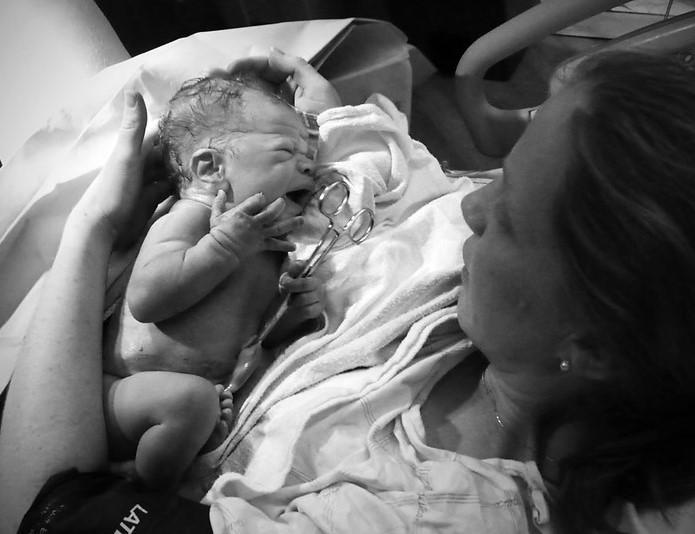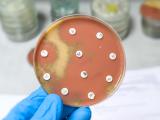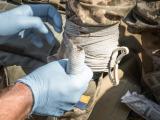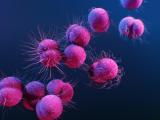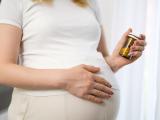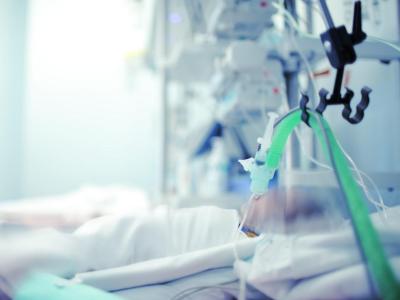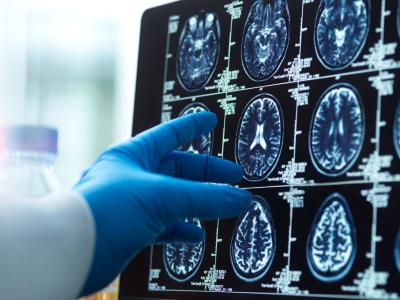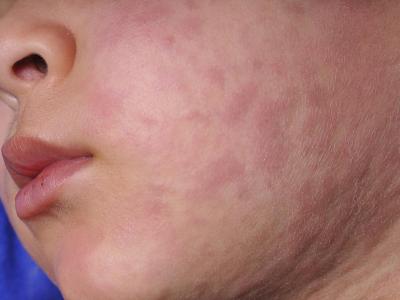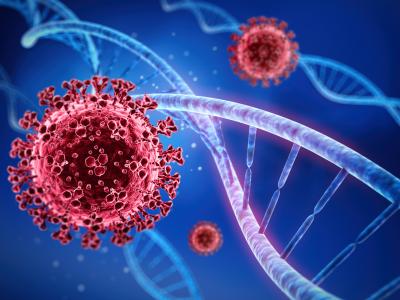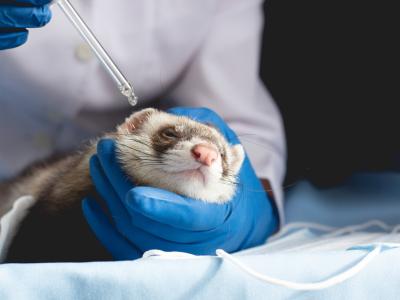The authors of a new study on the timing of antibiotic administration in women undergoing cesarean section say the findings suggest current recommendations should be re-evaluated.
The study, published today in Antimicrobial Resistance and Infection Control, looked at the rate of surgical-site infections (SSIs) in more than 55,000 pregnant women undergoing cesarean section deliveries who received antibiotics either before the incision, as is currently recommended by the World Health Organization (WHO), or after umbilical cord clamping. The results showed no difference in SSIs between the two groups.
Timing of antibiotics questioned
In the study, researchers from Bern University Hospital in Switzerland, Swissnoso, the Swiss National Center for Infection Control, and Rutgers University analyzed data on 55,901 women who underwent cesarean section at 75 Swiss hospitals from 2009 to 2018. The aim of the study, the largest of its kind to date, was to assess the association between surgical antibiotic prophylaxis (SAP) relative to incision and clamping and the SSI rate.
Globally, nearly 20% of all newborns are delivered by cesarean section. SAP is recommended for cesarean section, because the procedure increases the risk of major infections compared with vaginal delivery almost fivefold. And research has shown that SAP can reduce the incidence of infections and infectious complications by more than 60%. Up until 2013, the practice of delivering antibiotics in cesarean delivery after umbilical clamping was common, in part to avoid exposing newborns to the potential side effects of antibiotics.
In 2015, however, the WHO recommended SAP before the incision based on the results of four meta-analyses showing an even greater reduction in the risk of wound infections compared with antibiotics given after cord clamping. But the authors of the current study note that those studies had limitations, and that the absolute reduction in infections was low.
During the trial period in today's study, 26,405 (47.2%) women received SAP before incision and 29,496 (52.8%) received SAP after umbilical cord clamping, and routine post-discharge surveillance was conducted on more than 89% of study participants. Overall, 846 SSIs were found, with 379 (1.6%) occurring in patients who received antibiotics before incision and 449 (1.7%) occurring in patients with SAP after clamping.
In adjusted multilevel modeling, SAP administration was not significantly associated with an increased SSI rate when compared with SAP before incision (adjusted odds ratio [OR], 1.14; 95% confidence interval [CI], 0.96 to 1.36; P = 0.144). Analysis of secondary outcomes showed antibiotic administration after umbilical clamping was not significantly associated with increased risk of either superficial wound infections (adjusted OR, 1.16; 95% CI, 0.93 to 1.44; P = 0.180) or the combined end point of deep wound infections and inflammation of the uterus lining (adjusted OR, 1.07; 95% CI, 0.80 to 1.42; P = .661).
Subgroup analyses supported the main results.
"This largest prospective analytic study with excellent follow-up was unable to identify an additional significant risk if SAP was delayed after cord clamping," the authors wrote. "Our results show a basically unchanged SSI risk whether SAP is administered before or after clamping."
"That means receiving antibiotics after umbilical cords are clamped to protect against maternal infections is as effective as receiving them before incisions," study co-author Maria Gloria Dominguez-Bello, PhD, MSc, a professor of microbiology and anthropology at the Rutgers School of Environmental and Biological Sciences, said in a Rutgers press release.
Protecting the infant microbiome
Dominguez-Bello said the findings are important because SAP before incision exposes newborn to antibiotics, which can affect the development of the microbiome—the collection of microbes and viruses that live on and inside the human body. Several studies in recent years have linked early, antibiotic-driven alterations of the gut microbiome to later development of allergies, psoriasis, diabetes, and inflammatory bowel disease. Research has also suggested an impact on immune system development.
"Early disturbance of bacterial colonization and the developing healthy microbiome may have consequences for immune development, leading to immune malfunctions later in life," she said.
Dominguez-Bello said the findings should prompt the WHO to review its recommendations on the best timing for antibiotics when women are undergoing cesarean sections.
